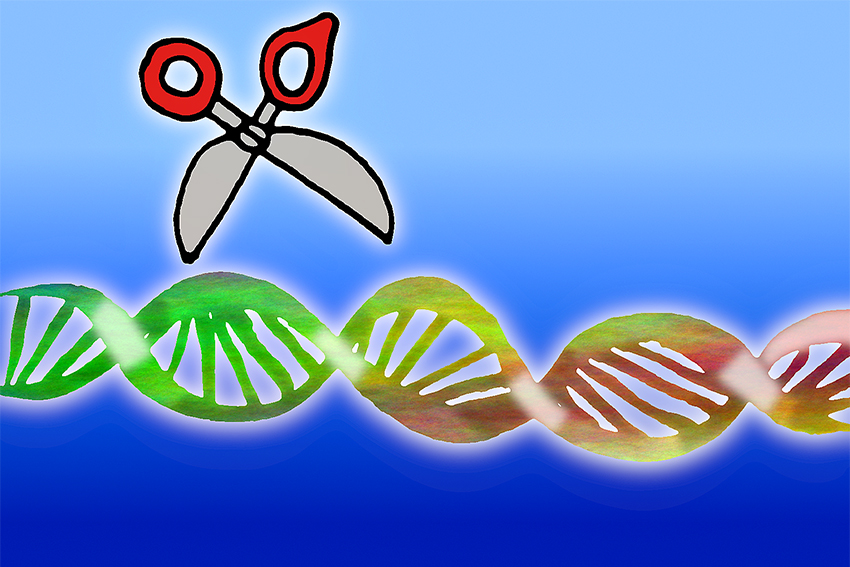According to folklore, vampires will sometimes turn into bats in order to drink blood. In reality, bats go batty over more than just blood, having a much more substantial and varied diet.
“There are fish-eating bats … there are nectivorous bats, there are insectivorous bats, there are frugivorous (fruit-eating) bats,” said Claire Hemingway, a UT researcher in the Department of Integrative Biology.
Hemingway’s research focuses on frog-eating bats, which are in the same family as the widely known vampire bats.
Frog-eating bats get their name from their prey of choice. According to Hemingway, frogs make up about 40 percent of the diet of these bats.
The lab has studied these bats for decades in the hope of better understanding the cognitive ecology of the species, Hemingway said. Frog-eating bats are somewhat unique in that they do not only use echolocation to find their prey, as some other species of bats do. Instead, these bats may also eavesdrop on mating calls in order to detect the position of their prey.
Researchers were able to determine what sound properties the bats are listening to when they eavesdrop on these calls, according to Hemingway.
“It’s very comparable in ways to the things that the female frogs are (hearing),” Hemingway said. “It’s this really cool system where the predatory bats and the female frogs are sort of butting heads on this signaling characteristic in the male frogs.”
These mating calls were historically studied from the perspective of the frogs and bats. Currently, Hemingway and fellow researcher May Dixon are interested in figuring out the decision-making process and cognitive processes that the bats undergo when hearing a frog call.
Hemingway said she’s looking at how their decisions differ from human decision-making.
“I’m particularly interested in how they make decisions — whether they’re economically rational in their decisions,” Hemingway said. “Which is something humans seem to really fail at but these bats seem to be good at.”
While much of the analysis of these bats occurs on campus, the bats themselves are native to Central and South America, according to Hemingway. Most of the fieldwork with the frog-eating bats occurs in Panama, in affiliation with the Smithsonian Tropical Research Institute.
There’s no captive colony of bats at the field site, a tropical forest along the Panama Canal. Researchers must go out during the night to capture a bat.
“As the sun is setting, we set up nets and we put up speakers that we broadcast frog calls from underneath the nets to try and lure the bats in,” Hemingway said. “We’ll just stay out there five to six hours in hopes of catching a frog-eating bat.”
There are 125 species of bats in Panama, according to Hemingway. Researchers have trained themselves to quickly recognize frog-eating bats in order to free the other species they capture. Once a bat is captured, the researchers train it in a process that takes about a week per bat.
Overall, researchers hope the bats will offer more insight into animal cognition and their social behavior.
“They’re really good at learning things very quickly, they’re really good at reversing that learning quickly. They eavesdrop on social cues to learn certain things,” Hemingway said. “These bats are incredibly smart animals.”





















